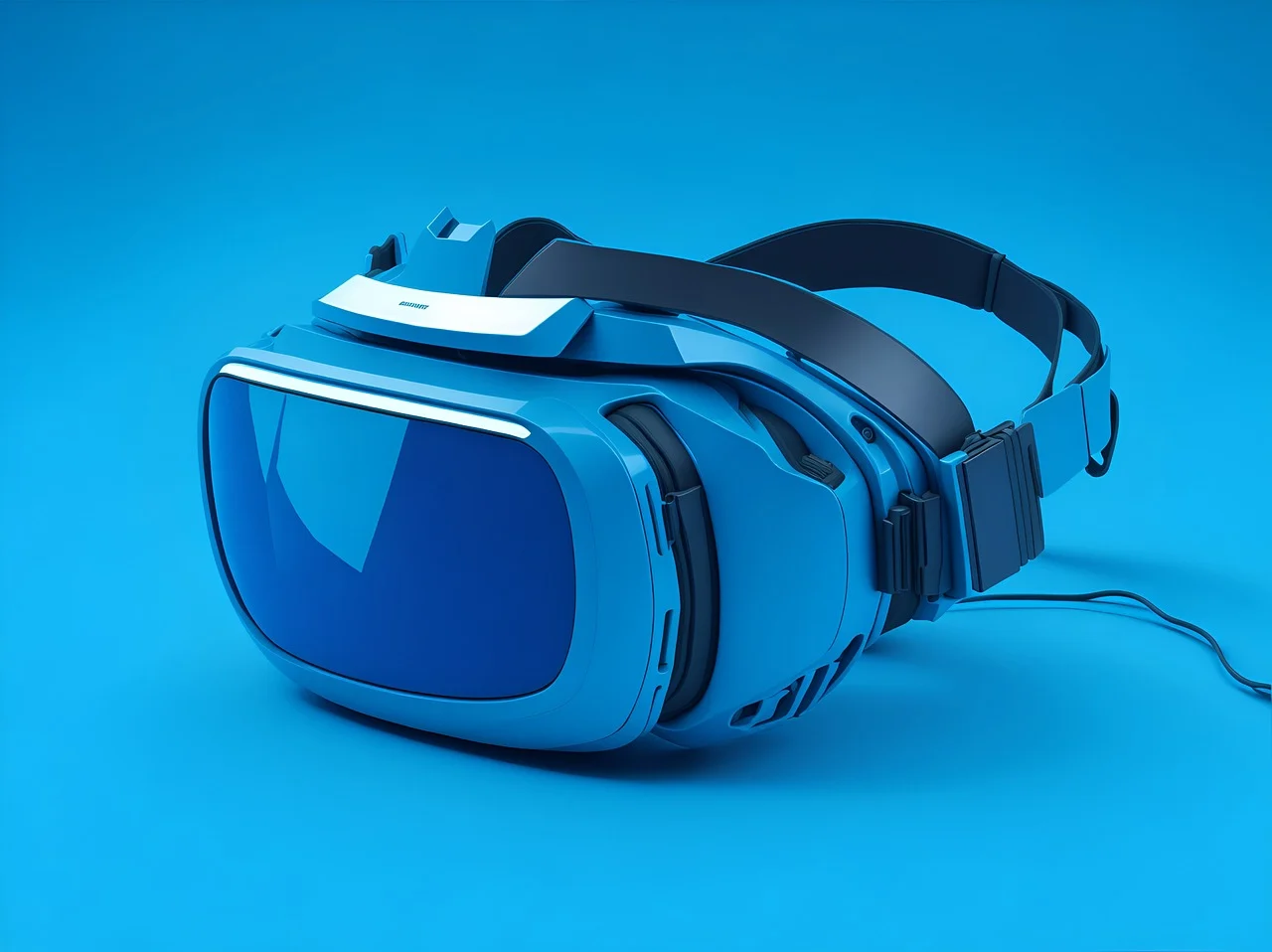In the vast landscape of technological advancements, few innovations have captured the imagination quite like augmented reality (AR). With its ability to merge the digital and physical worlds seamlessly, AR has transcended the realms of science fiction to become a powerful tool with transformative potential across various industries. One area where AR is making significant waves is healthcare. In this blog post, we’ll embark on a journey through the innovative applications of augmented reality in healthcare, exploring its remarkable innovations and promising applications.
The Promise of Augmented Reality in Healthcare
Imagine a world where surgeons can visualize patient anatomy in three dimensions, overlaying critical information and guiding their movements with unprecedented precision. Picture medical students learning complex procedures through immersive simulations, gaining hands-on experience without ever setting foot in an operating room. Envision patients empowered to understand their medical conditions better, seeing their treatment options come to life before their eyes. These scenarios are not mere figments of imagination; they are the reality of augmented reality in healthcare.
At the forefront of AR’s impact on healthcare is its role in medical training and education. Traditionally, medical education relied heavily on textbooks, lectures, and cadaver dissections. While these methods are valuable, they often fall short in providing students with hands-on experience and real-world context. AR changes the game by offering immersive simulations and interactive learning experiences. Medical students can don AR headsets and delve into virtual operating rooms, practicing surgical procedures and honing their skills in a risk-free environment. By bridging the gap between theory and practice, AR revolutionizes medical education, producing better-prepared and more competent healthcare professionals.

Navigating Surgery with Precision and Confidence
Surgical procedures demand precision, dexterity, and unwavering focus. With augmented reality, surgeons gain an unprecedented level of insight and control during operations. AR technology allows surgeons to overlay digital images and 3D models onto the patient’s anatomy in real-time, providing valuable guidance and enhancing visualization. Whether it’s navigating complex anatomical structures, identifying critical landmarks, or targeting diseased tissues with pinpoint accuracy, AR empowers surgeons to perform with confidence and efficiency. The result? Improved surgical outcomes, reduced complications, and enhanced patient safety.
In healthcare, informed patients are empowered patients. Augmented reality is empowering patients by providing them with a deeper understanding of their medical conditions and treatment options. Through AR-enabled applications, patients can visualize their anatomy, explore different treatment modalities, and gain insights into the anticipated outcomes of various interventions. This visual and interactive approach to patient education not only improves comprehension but also fosters greater engagement and collaboration between patients and healthcare providers. By demystifying complex medical information and fostering informed decision-making, AR enhances patient autonomy and improves health outcomes.
While the potential of augmented reality in healthcare is immense, it’s not without its challenges. Technical hurdles such as hardware limitations, software complexity, and interoperability issues need to be addressed to ensure seamless integration and widespread adoption of AR technology in clinical settings. Moreover, ethical considerations surrounding patient privacy, data security, and informed consent must be carefully navigated to uphold ethical standards and protect patient rights. However, despite these challenges, the opportunities presented by AR in healthcare are too significant to ignore. From enhancing medical training and surgical navigation to empowering patients and improving outcomes, AR has the potential to revolutionize every facet of healthcare delivery.
In the ever-evolving landscape of healthcare technology, augmented reality stands out as a beacon of hope and possibility. As we embrace its innovations and applications, we pave the way for a future where healthcare is not just effective but truly transformative – a future where the boundaries between reality and possibility blur, and the promise of better health becomes a reality for all.
